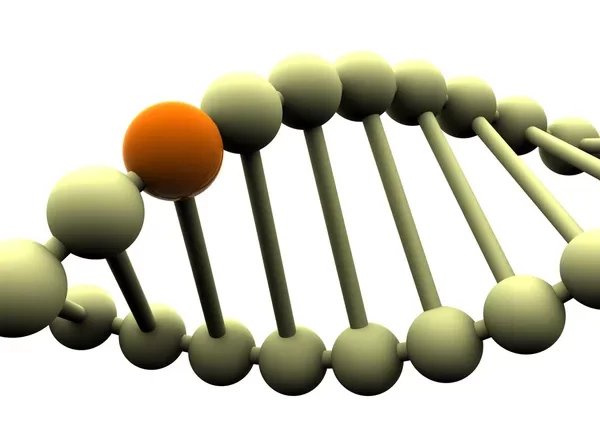New Parkinson’s treatment focuses on stopping toxic protein production – Parkinson’s disease, a relentlessly progressive neurodegenerative condition, robs people of their ability to move freely and enjoy life. While current treatments can manage symptoms, they do nothing to halt the disease’s cruel march. However, a new approach to Parkinson’s treatment developed by chemist Matthew Disney, Ph.D., offers a glimmer of hope, targeting the very source of the problem: toxic protein production, such as alpha-synuclein, which are associated with the disease. This innovative method targets the RNA that produces the alpha-synuclein protein, preventing its production and slowing down the progression of Parkinson’s disease.
According to the study alpha-synuclein, accumulates in and around neurons, disrupting their function and ultimately leading to cell death. But directly attacking this protein has proven notoriously difficult. Instead, Disney’s ingenious strategy focuses on the blueprint for its construction – the RNA molecule.
Key points about this new approach include:
- Alpha-synuclein is a protein that causes the degeneration and destruction of brain cells in Parkinson’s disease, and its buildup is linked to the disease’s symptoms.
- The new technology allowed scientists to identify a compound that shuts down the messenger RNA (mRNA) preventing the production of alpha-synuclein.
- The researchers’ NIH-funded study appeared in the Proceedings of the National Academy of Sciences.
- This new approach is different from other experimental drugs that target the late stages of alpha-synuclein, as it aims to prevent the protein clumps from forming in the first place.
- The success of this new approach could potentially lead to effective treatments for Parkinson’s disease and related disorders.
Early tests in Parkinson’s mouse models and human-derived neurons show promising results. Even a 25% reduction in alpha-synuclein significantly improves symptoms, offering patients a potential reprieve from the disease’s debilitating effects. Moreover, the drug exhibits good selectivity, minimizing unwanted side effects, and efficiently crosses the blood-brain barrier, reaching its target neurons with ease.
While there’s still a long road ahead of clinical trials, Disney and his team are optimistic. This novel approach marks a significant step towards a disease-modifying treatment, a long-cherished dream for the millions living with Parkinson’s. With continued research and development, Syn-RiboTAC may one day transform the bleak landscape of this disease, paving the way for a future where hope triumphs over despair.
In summary, the new approach to Parkinson’s treatment focuses on stopping the production of toxic proteins by targeting the RNA that produces them. This innovative method has the potential to slow down the progression of the disease and improve the lives of those affected by Parkinson’s disease.
Key Findings of the Research on a New Parkinson’s Treatment:
Targeting RNA instead of protein: The research introduces a novel approach to Parkinson’s treatment by focusing on the RNA blueprint for alpha-synuclein instead of directly targeting the protein itself. This avoids challenges arising from the protein’s complex and druggable structures.
Syn-RiboTAC effectively reduces alpha-synuclein: The two-headed drug molecule, Syn-RiboTAC, shows promising results in preclinical models. It significantly reduces alpha-synuclein production by up to 50% in both mouse models and human-derived neurons.
Improved symptoms and potential disease modification: Even a 25% reduction in alpha-synuclein can lead to therapeutically beneficial effects, alleviating symptoms in Parkinson’s models. This suggests Syn-RiboTAC might not only manage symptoms but also modify the disease course.
Good selectivity and drug-like properties: The drug exhibits good selectivity, targeting alpha-synuclein specifically and minimizing unwanted side effects. Additionally, it shows improved brain-barrier penetration, effectively reaching its target neurons.
Overall, the research presents a promising new approach for Parkinson’s treatment with the potential to address the root cause of the disease and offer more effective symptom control and disease modification. Study source
ALSO READ: Idiopathic Parkinson’s disease: Symptoms, Prevention and Treatment









